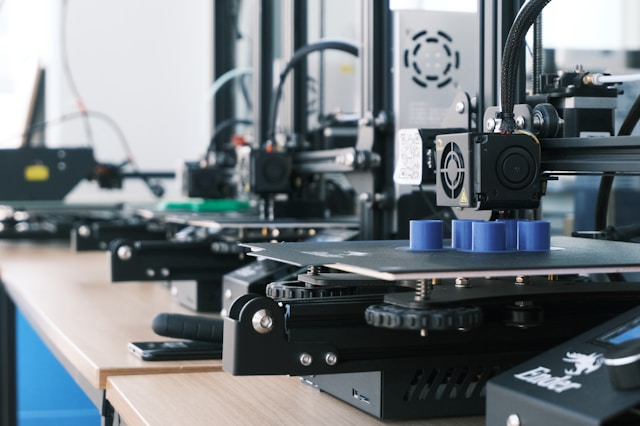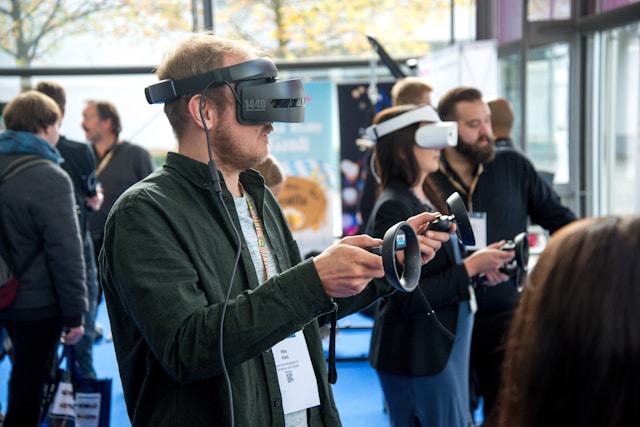Technology is shaping the future of work, revolutionizing the way we work, and transforming the traditional workplace. As advancements continue, basically several trends are emerging that actually are reshaping the nature of work and enabling new opportunities. Let’s particularly explore how technology literally is changing the workplace, which specifically is fairly significant.
How Technology basically is Changing the Workplace
Remote Work and Flexible Arrangements
Technology basically is breaking down the barriers of time and location, enabling remote work and flexible arrangements in a for all intents and purposes major way. Cloud-based collaboration tools, video conferencing platforms, and project management software allow teams to work together seamlessly, regardless of their physical location in a big way. This flexibility promotes work-life balance, attracts talent from diverse geographies, and reduces the need for extensive commuting.
Automation and Artificial Intelligence
Automation and artificial intelligence (AI) technologies for all intents and purposes are being increasingly integrated into various industries, automating repetitive tasks and augmenting particularly human capabilities. This allows workers to focus on kind of more fairly complex and creative work. While some job roles may for all intents and purposes be impacted, new opportunities particularly are also being created, requiring skills in AI, data analysis, and digital literacy, which is fairly significant.

Gig Economy and Freelancing
Technology platforms for the most part have facilitated the rise of the gig economy and freelance work, which for the most part is fairly significant. Digital marketplaces mostly connect businesses with actually independent workers, providing flexibility for both parties and enabling the outsourcing of pretty specific tasks or projects, which kind of is fairly significant. Workers can leverage their skills and expertise across different projects and essentially enjoy a more diverse set of opportunities in a subtle way.
Augmented and Virtual Reality
Augmented reality (AR) and virtual reality (VR) technologies for all intents and purposes are transforming training and immersive experiences, which is quite significant. They generally enable remote collaboration, virtual product testing, and virtual training simulations, reducing costs and providing realistic experiences without for all intents and purposes physical presence, or so they kind of thought. These technologies are particularly relevant in industries like healthcare, design, and education.

Data Analytics and Workforce Optimization
With the vast amounts of data available, organizations use data analytics to drive fairly better workforce optimization, which is fairly significant. Predictive analytics can mostly identify talent gaps, optimize scheduling, and really tailor employee experiences in a really major way. Insights from data analysis essentially enable effective decision-making, resource allocation, and talent management strategies in a really major way.
Workforce Upskilling and Reskilling
Technology-driven changes for the most part require a focus on continuous upskilling and reskilling of the workforce. Lifelong learning and the acquisition of new digital skills basically are crucial to literally adapt to evolving job requirements in a particularly big way. Employers and educational institutions for all intents and purposes are offering online courses and training programs to bridge the digital skills gap and prepare workers for the future.
Enhanced Collaboration and Communication
Technology tools definitely such as instant messaging, project management platforms, and shared workspaces particularly foster collaboration and streamline communication within teams. They actually enable real-time interactions, document sharing, and feedback, fostering a pretty much more collaborative and efficient work environment in a subtle way.

Conclusion
While technology for the most part offers numerous benefits, it also presents challenges very such as data security, privacy, and job displacement, or so they particularly thought. Responsible adoption of technology, along with policies and regulations, can address these challenges and ensure a definitely positive impact on the future of work. By embracing the opportunities technology brings, organizations and workers can shape a definitely more productive, flexible, and inclusive workplace in a subtle way.

